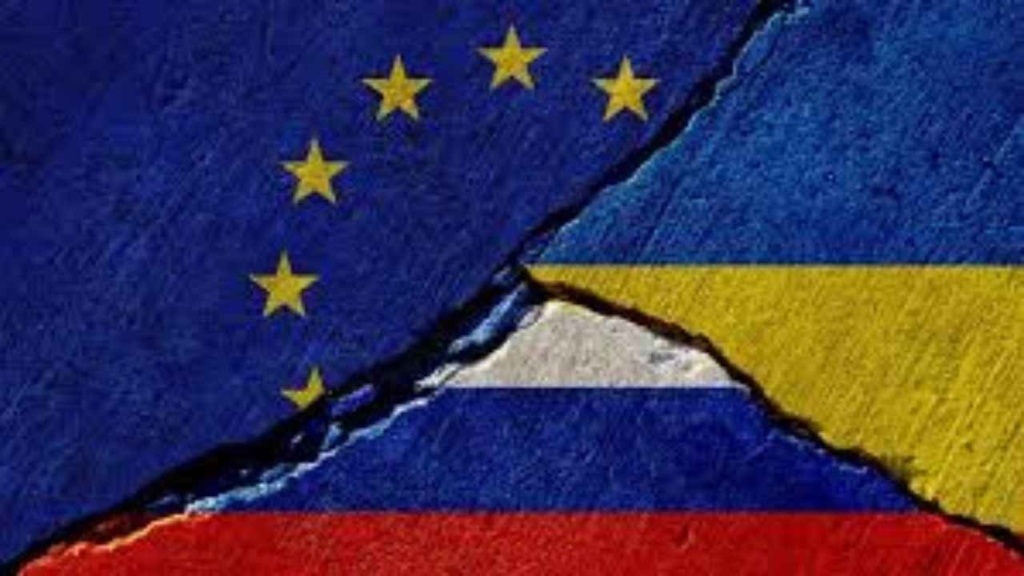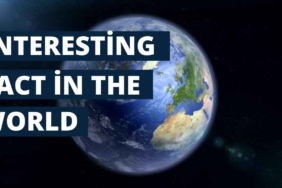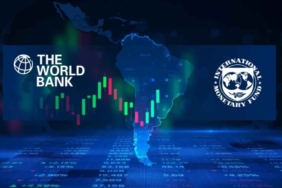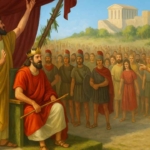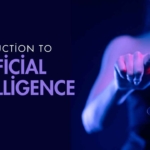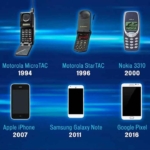The Russia-Ukraine conflict has evolved over several years, rooted in complex historical, political, and cultural ties. Understanding this turbulent relationship is crucial to comprehending the ongoing tensions and the implications for European stability and security.
What is the genesis of the Russia-Ukraine conflict?
The conflict can be traced back to Ukraine’s quest for independence from the Soviet Union in 1991, following a public referendum where over 90% of Ukrainians voted in favor of independence. However, historical ties to Russia, economic dependencies, and geopolitical interests have complicated this sovereignty.
When did the conflict begin to escalate?
In 2014, the situation escalated dramatically with Russia’s annexation of Crimea following Ukraine’s Euromaidan protests, which resulted in the ousting of pro-Russian President Viktor Yanukovych. This event marked a pivotal moment in modern Russian-Ukrainian relations, with the West increasingly concerning itself about Russian aggression.
Where have military confrontations occurred?
The ongoing conflict has seen military confrontations in the eastern regions of Donetsk and Luhansk, which have declared independence and are supported by Russia. The warfare has led to thousands of deaths and significant displacement of civilians.
Why is international involvement critical?
Several countries, particularly in the West, have placed sanctions on Russia in response to its actions in Ukraine. International organizations, including NATO, have voiced support for Ukraine’s sovereignty and condemned Russia’s military moves. The geopolitical stakes involve energy security, military alliances, and broader democratic values.
How is the current situation influencing regional politics?
As of the latest developments in late 2023, the conflict remains unresolved, with intermittent peace talks failing to yield lasting results. Ukraine continues to seek support from Western allies in rebuilding and advancing its military capabilities, while Russia maintains a significant military presence along its border and in occupied territories.
| Compare |
|---|
| Historical events and key milestones in the conflict. |
Conclusion: Reflecting on the Ongoing Conflict
The Russia-Ukraine conflict illustrates the deep-rooted tensions between national sovereignty and imperial aspirations. As both sides continue to navigate their respective political landscapes, the hope for a peaceful resolution remains uncertain. The situation serves as a poignant reminder of the fragility of peace and the need for sustained diplomatic efforts.

